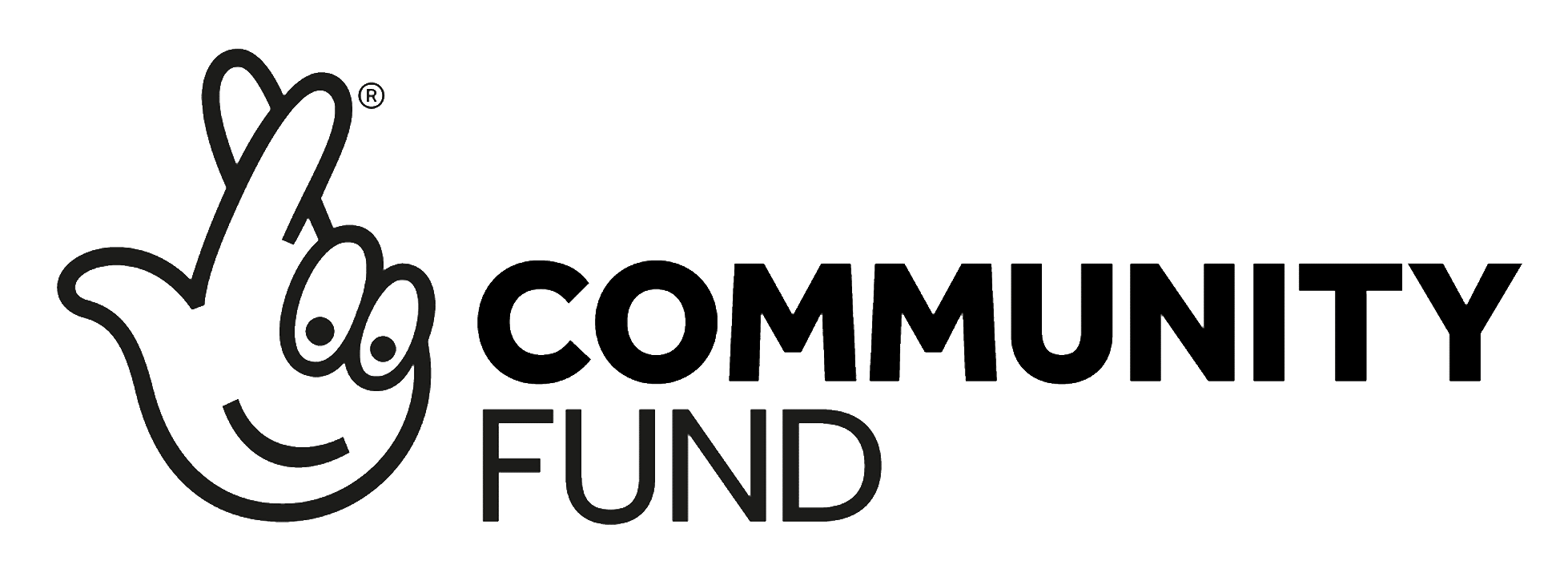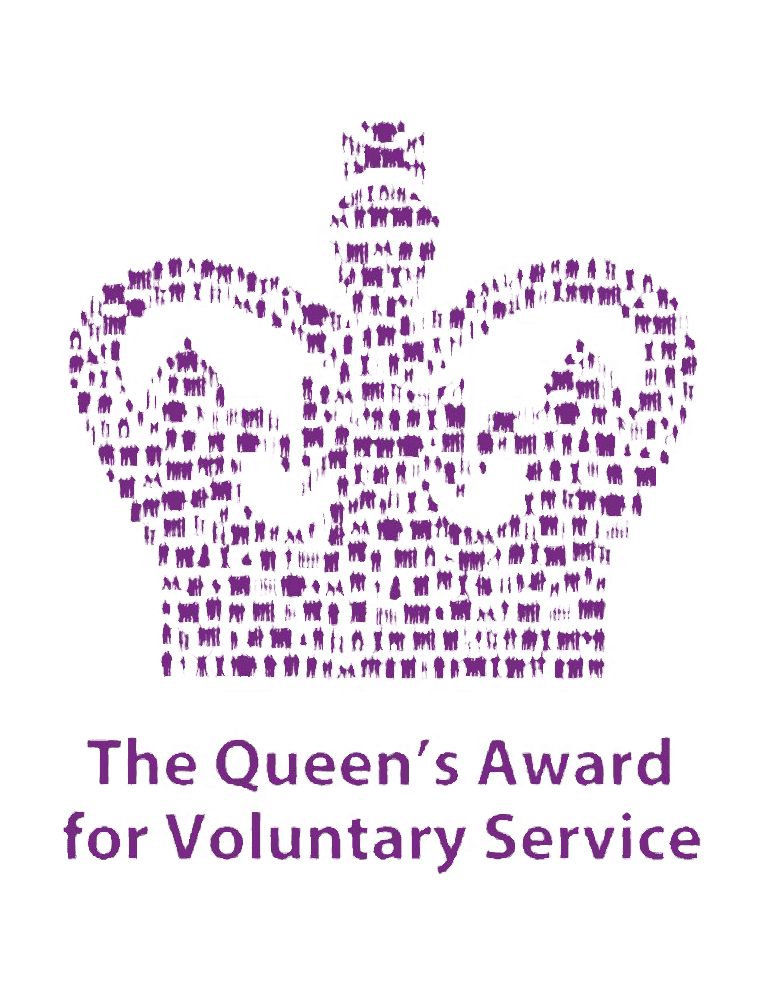Community Orchestra Rehearsal Schedule: A Guide for Musicians
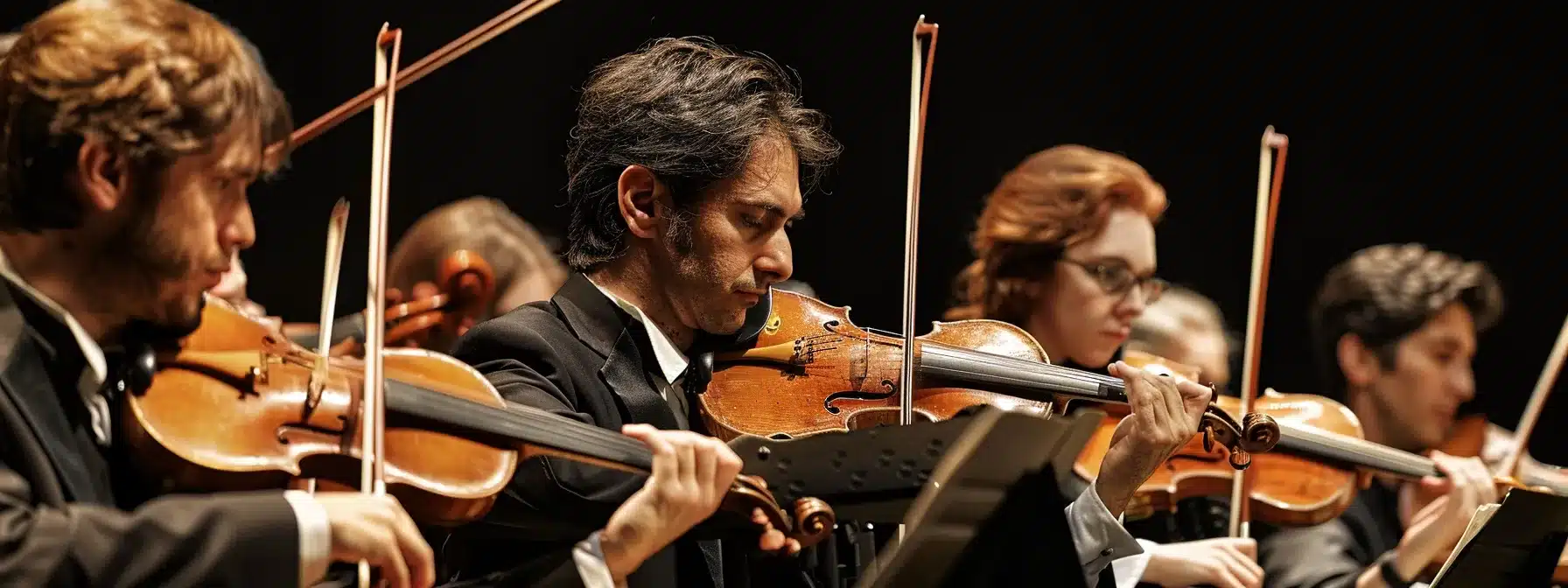
Are you struggling to keep up with your community orchestra’s rehearsal schedule? As a musician in a string section, balancing rehearsals, auditions, and performances can feel overwhelming. This guide will cover essential tips for preparing effectively, managing schedule conflicts, and utilizing technology to stay organized. By the end, you’ll feel more confident and ready to engage with your musical community, ensuring that you’re always prepared for that next magnificent overture or symphony performance. Let’s tackle your scheduling challenges together!
Key Takeaways
- Understanding the rehearsal schedule is essential for effective participation in your community orchestra
- Open communication with orchestra leaders helps manage schedule conflicts and fosters community
- Arriving early to rehearsals enhances preparation and builds camaraderie with fellow musicians
- Engaging in local events strengthens your connection to the community and enhances musicianship
- Contributing to outreach programs inspires young musicians and enriches your experience as an artist
Understanding Your Community Orchestra’s Rehearsal Schedule

Understanding your community orchestra near me rehearsal schedule is crucial for your success as a musician. You’ll learn to identify typical rehearsal days and times, recognize seasonal changes that may affect scheduling, and align rehearsals with concert dates. With insights into conducting, and sections like violin and viola, you’ll feel more prepared and engaged in chamber music performances.
Identifying Typical Rehearsal Days and Times
As a musician in a The People’s Show Choir, recognizing typical rehearsal days and times is essential for your participation. Most orchestras schedule rehearsals once or twice a week, often on weekday evenings or weekends to accommodate members’ varying commitments. If you’re playing the cello or preparing for a violin concerto, knowing when rehearsals take place helps you plan your practice sessions Find Us and ensures you’re fully prepared to contribute to the performances.
Keep in mind that seasonal changes can also influence the rehearsal schedule, especially when aligning with concert dates. For example, during concert week, you might find extra rehearsals added to rehearse the full orchestra pieces like a concerto. Staying informed about these changes allows you to manage your time effectively and ensures that you maximize your experience with your fellow musicians, whether you’re working on string instrument parts or ensemble pieces.
Recognizing Seasonal Changes in Scheduling
Seasonal changes can greatly impact your community orchestra’s rehearsal schedule. For instance, during the fall and spring, you may encounter more frequent rehearsals as orchestras prepare for upcoming performances and community events. If you’re seeking a community orchestra near you, staying updated on these seasonal adjustments can help you plan your musical commitments better, ensuring that you’re always ready for rehearsals with your fellow musicians.
The lead-up to major concerts often means intensified practice sessions. For example, if you are participating in a program with Our Ensembles or The People’s Show Choir, you might find extra rehearsals added during concert week. To maximize your experience, regularly check for updates from your orchestra and engage with your fellow musicians to share rehearsal insights and strategies for effective practice during busy times.
Aligning Rehearsals With Performance Dates
Aligning rehearsals with performance dates is key to your success and ensures that you are fully prepared for each concert. It’s beneficial to familiarize yourself with the concert schedule, as it drives the rehearsal agenda. By knowing when your performances are, you can anticipate increased rehearsal intensity and adjust your practice schedule accordingly, giving you ample time to refine your parts and collaborate effectively with your fellow musicians.
Having a clear understanding of how rehearsals align with performance dates can alleviate some pressure and enhance your preparation. During concert weeks, rehearsals tend to be more frequent and focused, often including all sections of the orchestra for a full run-through. This commitment is essential for fostering strong ensemble cohesion, allowing you to shine alongside your fellow musicians:
- Check the concert calendar regularly for updates.
- Prepare for intensified rehearsal schedules around performance dates.
- Communicate with your section leaders about any challenges you may face.
You’ve grasped the rhythm of your community orchestra’s rehearsal schedule. Now, let’s dive into how you can prepare effectively for each session and make your music shine.
Preparing Effectively for Rehearsals

Preparing Effectively for Rehearsals
Securing your sheet music and materials is the first step to being ready for rehearsals. Practicing assigned pieces in advance allows you to come prepared and confident. Arriving early to set up and warm up enhances your performance and helps you connect with fellow musicians. Each of these elements plays a vital role in ensuring a smooth and productive rehearsal experience.
Securing Your Sheet Music and Materials
Securing your sheet music and essential materials is a fundamental part of preparing for your community orchestra rehearsals. Before each rehearsal, double-check that you have all the necessary sheets, including any specific parts needed for your instrument, whether it’s your cello part or the violin concerto you’re working on. Having everything organized will allow you to focus on making music instead of searching for missing scores during practice time.
Consider creating a rehearsal kit that includes your sheet music, pencil for marking, and any accessories you need, such as a tuner or metronome. This preparation helps ensure you’re ready to contribute effectively to the ensemble. By arriving well-prepared, you not only enhance your performance quality but also foster a productive environment for your fellow musicians. To make your preparations even smoother, keep these steps in mind:
- Organize your sheet music by piece and parts well in advance.
- Include essential tools in your rehearsal kit.
- Set reminders to review your materials before each practice.
Practicing Assigned Pieces in Advance
Practicing assigned pieces in advance is essential for your growth and success as a musician in a community orchestra. When you familiarize yourself with the music prior to rehearsals, you reduce stress and enhance your ability to contribute meaningfully during ensemble sessions. This preparation allows you to focus on perfecting your technique, ensuring that you are confident when it’s time to perform.
By dedicating time each week to work on your assigned pieces, you can identify challenging passages and address them before rehearsal. Utilize practice methods such as slow play or recording yourself to refine your sound. This proactive approach not only boosts your confidence but also fosters a deeper connection with your fellow musicians, as you all work together towards achieving a polished performance.
Arriving Early to Set Up and Warm Up
Arriving early to set up and warm up is a crucial part of your orchestra rehearsal routine. When you take the time to prepare yourself physically and mentally before practice, you create a space for focus and confidence. Setting up your instrument properly and doing a warm-up routine minimizes the risk of mistakes and helps you connect with your music, allowing you to contribute more effectively during rehearsals.
By arriving early, you provide yourself the opportunity to engage with fellow musicians, build camaraderie, and exchange valuable insights before rehearsals begin. This collaborative atmosphere not only enhances individual performance but also strengthens the overall ensemble sound. Make it a habit to arrive a bit early so you can also stretch, check your tuning, and mentally prepare for the music you’re about to create together:
- Allow yourself time to set up your instrument comfortably.
- Engage in a warm-up routine tailored to your instrument.
- Connect with others to share tips or discuss pieces.
Rehearsing is just the beginning. Next, we must navigate the challenges of scheduling and commitments, ensuring music remains a part of our lives.
Managing Schedule Conflicts and Commitments

Managing schedule conflicts and commitments is essential for your success in the community orchestra. Start by communicating with orchestra leadership about any conflicts you may face, allowing for understanding and support. If you miss a rehearsal, it’s important to make up for it by coordinating with section colleagues, sharing notes, and practicing together to stay in tune with the group’s progress.
These strategies not only help you remain engaged but also foster a strong sense of community within the orchestra. By being proactive in managing your schedule, you ensure your contributions are valuable and you remain connected with your fellow musicians.
Communicating With Orchestra Leadership About Conflicts
When you encounter scheduling conflicts that might affect your participation in the community orchestra, it’s important to reach out to your orchestra leadership as soon as possible. Being proactive in your communication demonstrates your commitment and helps maintain a positive relationship with both your leaders and your fellow musicians. For example, sharing your conflict ahead of time allows them to make adjustments or provide support, perhaps by suggesting alternative rehearsals or helping you connect with section colleagues who can keep you updated.
Transparency is key when discussing conflicts; your orchestra leadership will appreciate your honesty and willingness to address the issue openly. This approach not only fosters a supportive environment but also encourages others to express their challenges, enhancing the sense of community within the orchestra. By effectively communicating your schedule constraints, you can ensure that you remain actively engaged with your ensemble while balancing your commitments to both the music and your personal life.
Making Up for Missed Rehearsals
If you happen to miss a rehearsal, don’t fret—it’s important to make up for it to stay in sync with your community orchestra. Start by reaching out to your fellow musicians, particularly those in your section, to catch up on what you’ve missed. Collaborating with them not only helps you get back on track with the repertoire, but it also reinforces your connection with the group.
Additionally, consider setting aside time to practice the material independently. Focus on the sections that were covered during your absence, paying particular attention to challenging passages. By dedicating this time to self-study, you prepare yourself to rejoin rehearsals confidently and ensure that you contribute your best to upcoming performances:
- Reach out to section members for notes and insights.
- Review recordings or practice materials shared by your orchestra.
- Schedule independent practice sessions to refine your skills.
Coordinating With Section Colleagues
Coordinating with your section colleagues is vital when managing schedule conflicts in your community orchestra. When conflicts arise, reach out to your fellow musicians in your section to discuss what you’ve missed during rehearsals. They can provide valuable insights on practice strategies, share notes on section parts, and help you stay updated on group dynamics, ensuring you remain connected and engaged within the ensemble.
Consider setting up informal practice sessions with your section mates to rehearse challenging passages together. This collaborative approach not only allows you to refine your skills but also fosters camaraderie among ensemble members. By actively collaborating with your colleagues, you create a supportive environment that enhances both individual performance and overall group cohesion in your community orchestra.
Sometimes, even the best-laid plans unravel. But technology can be your ally, helping you stay organized and on track.
Utilizing Technology to Stay Organized

Integrating your community orchestra’s rehearsal dates into personal calendars helps you stay organized and committed to your music. Setting up reminders and notifications ensures you never miss a practice. Additionally, exploring orchestra management apps can enhance your scheduling experience, keeping you connected with your fellow musicians. These tools empower you to manage your time effectively and focus on your musical growth.
Integrating Rehearsal Dates Into Personal Calendars
Integrating your community orchestra’s rehearsal dates into your personal calendar is an effective way to stay organized and committed to your practice. By syncing these dates with your digital calendar, you can receive timely reminders and notifications, ensuring you never miss a practice session. Consider using calendar apps that allow for easy customization, so you can tailor reminders according to your preferences—whether you want a few days’ notice or just a simple day-of alert.
Taking this extra step helps you manage your time better, freeing you to focus on your passion for music. Create a dedicated category or color code for your orchestra events, making them more distinct and easier to spot in your calendar. This way, you can proactively adjust your commitments and enhance your musical journey:
- Sync rehearsal dates with a digital calendar.
- Set personalized reminders for practices.
- Use color coding for easy identification of orchestra events.
Setting Up Reminders and Notifications
Setting up reminders and notifications can significantly enhance your organization as a musician in a community orchestra. By utilizing calendar apps on your smartphone or computer, you can schedule alerts for each rehearsal date, assigning specific times to prepare for upcoming practices. These timely reminders ensure you are always aware of when to practice and what materials to bring, giving you peace of mind and allowing you to focus on your music-making.
Moreover, consider implementing multiple reminders for important events, such as major concerts or sectional rehearsals. For instance, you might set a reminder a week in advance and another one the day before, helping you to stay consistently engaged with your orchestra’s activities. This proactive approach not only keeps you organized but also reinforces your commitment to your fellow musicians, making it easier to manage your rehearsal schedule effectively.
Exploring Orchestra Management Apps
Exploring orchestra management apps can significantly enhance your ability to stay organized and engaged with your community orchestra. These apps often include features that allow you to view rehearsal schedules, access sheet music, and communicate easily with fellow musicians. For instance, platforms like BandLab or GroupWorks streamline coordination by providing a central hub for everyone to share important updates and materials, making it easier for you to keep track of your commitments.
Using these apps not only saves you time but also minimizes the stress associated with managing multiple schedules. When you can easily check rehearsal dates and receive notifications about changes, you can focus more on your musical growth and less on planning logistics. By embracing technology in this way, you ensure that you remain connected with your orchestra, helping to foster a strong sense of community and collaboration among your peers.
Even with good tools, scheduling can be tough. Let’s look at some common challenges and how to tackle them head-on.
Overcoming Common Scheduling Challenges

Handling last-minute changes, balancing rehearsals with work and family commitments, and preventing rehearsal fatigue are common challenges you may face as a community orchestra musician. This section offers practical strategies to manage unexpected schedule shifts, harmonize your musical and personal life, and maintain your energy for each rehearsal. Embracing these insights will enhance your experience and contribution within the orchestra.
Handling Last-Minute Changes
Handling last-minute changes in your community orchestra’s rehearsal schedule can feel challenging, but staying flexible and proactive eases the process. When rehearsals are suddenly rescheduled or additional practices are needed, open communication with your section leaders and fellow musicians is crucial. Be sure to check in regularly, as they often have insights into schedule updates or can provide support to help you catch up on missed material.
To navigate unexpected shifts in your rehearsal routine, consider developing a backup practice plan that allows you to adapt quickly. For example, allocate time for self-study to review challenging pieces at home or reach out to section mates for a quick catch-up session. By preparing in advance and fostering a strong network among your peers, you not only enhance your own experience but also contribute positively to the overall rhythm of your orchestra.
Balancing Rehearsals With Work and Family Life
Balancing your rehearsal commitments with work and family life can indeed be challenging, but with careful planning, it’s entirely manageable. Begin by prioritizing your schedule, treating orchestra rehearsals as important appointments. You might find it helpful to communicate openly with your employer about your commitment to the community orchestra; many employers appreciate the dedication to personal growth and community involvement.
Another effective strategy is to create a weekly calendar that includes rehearsals, work obligations, and family time. By visually organizing your commitments, you can identify potential conflicts ahead of time, allowing you to make adjustments as needed. Remember, including family in your musical journey, even by inviting them to performances, can help foster understanding and support for your passion. Here are some ways to manage your schedule effectively:
- Communicate your commitments to your employer and family.
- Utilize a weekly calendar for better visibility of your obligations.
- Invite family members to join you at performances to rally support for your music journey.
Preventing Rehearsal Fatigue
Preventing rehearsal fatigue is essential for maintaining your enthusiasm and energy during community orchestra practice. To combat burnout, consider incorporating short breaks into your rehearsal routine, allowing yourself to refresh and recharge. Regularly stepping away from your instrument can enhance your focus, making you more present and engaged when it’s time to play.
Additionally, be mindful of your physical and mental well-being outside of rehearsals. Ensuring you get adequate rest and managing stress through activities like stretching or light exercise can play a significant role in your overall performance. By prioritizing self-care, you not only improve your own experience but also contribute positively to the collective energy of your orchestra, making rehearsals more enjoyable for everyone involved.
Now that you’ve tackled those scheduling hurdles, it’s time to connect with the heartbeat of your musical community. Engaging with others not only enriches your experience but also opens doors to new opportunities and friendships.
Engaging With Your Musical Community

Participating in local events, collaborating with fellow musicians, and contributing to outreach and education programs play a vital role in your community orchestra experience. These activities not only enrich your musical journey but also strengthen your connection with the community. In the following sections, you’ll discover how engaging with local activities and educational initiatives can enhance your skills and foster lasting relationships with fellow musicians.
Participating in Local Events
Participating in local events allows you to connect with your community and share your musical talents beyond the rehearsal room. Whether it’s a charity concert, a festival, or an outreach program in schools, these opportunities not only enrich your experience as a musician but also help you build relationships with fellow local artists and audience members. Engaging in such events demonstrates your dedication to the community and fosters a sense of belonging among orchestra members.
Being involved in local activities can also enhance your skills through real-world performance experiences. When you bring your orchestra’s music to various venues, you adapt to different audiences and settings, refining your musicianship in the process. Join the efforts of your community orchestra and participate actively—it’s a rewarding way to contribute to the cultural landscape and connect with other passionate musicians:
- Engage in charity performances to give back to your community.
- Collaborate with local musicians for unique concerts.
- Participate in educational outreach to inspire young musicians.
Collaborating With Fellow Musicians
Collaborating with fellow musicians in your community orchestra can greatly enhance your experience and personal growth. Regularly engaging with your peers not only improves your understanding of each piece but also fosters a supportive environment. Sharing practice tips or discussing challenging sections can make the learning process more enjoyable and effective, ensuring that everyone is aligned and confident in their parts.
Participating in joint practice sessions enriches your musical skills and helps build camaraderie among fellow musicians. By working together outside of rehearsals, you can tackle difficult passages and refine your sound, leading to better overall performance during concerts. This collaboration not only enhances your individual contributions but also strengthens the unity of the ensemble, creating a vibrant and dynamic musical community.
Contributing to Outreach and Education Programs
Contributing to outreach and education programs is a wonderful way for you to strengthen your connection with the community while sharing your love for music. By participating in workshops and performances at local schools, you can inspire young musicians and encourage them to explore their own musical journeys. Your involvement not only enhances their understanding of orchestral music but also highlights the importance of artistic expression in their lives.
These educational initiatives also provide you with valuable experience as a musician. Engaging with students and community members fosters a sense of teamwork and collaboration that goes beyond rehearsals, enriching your own musicianship. As you share your knowledge and skills, you not only help develop the next generation of musicians but also deepen your appreciation for the art form, making your participation in the community orchestra even more rewarding.
Conclusion
Understanding your community orchestra’s rehearsal schedule is vital for enhancing your growth and ensuring your active participation. By identifying typical rehearsal days, recognizing seasonal adjustments, and aligning practice with performance dates, you will elevate both your contributions and musical experience. Emphasizing effective preparation, communication, and community engagement further enriches your journey as a musician. Embrace these insights to foster strong connections with your fellow musicians and contribute meaningfully to the vibrant tapestry of orchestral music.
